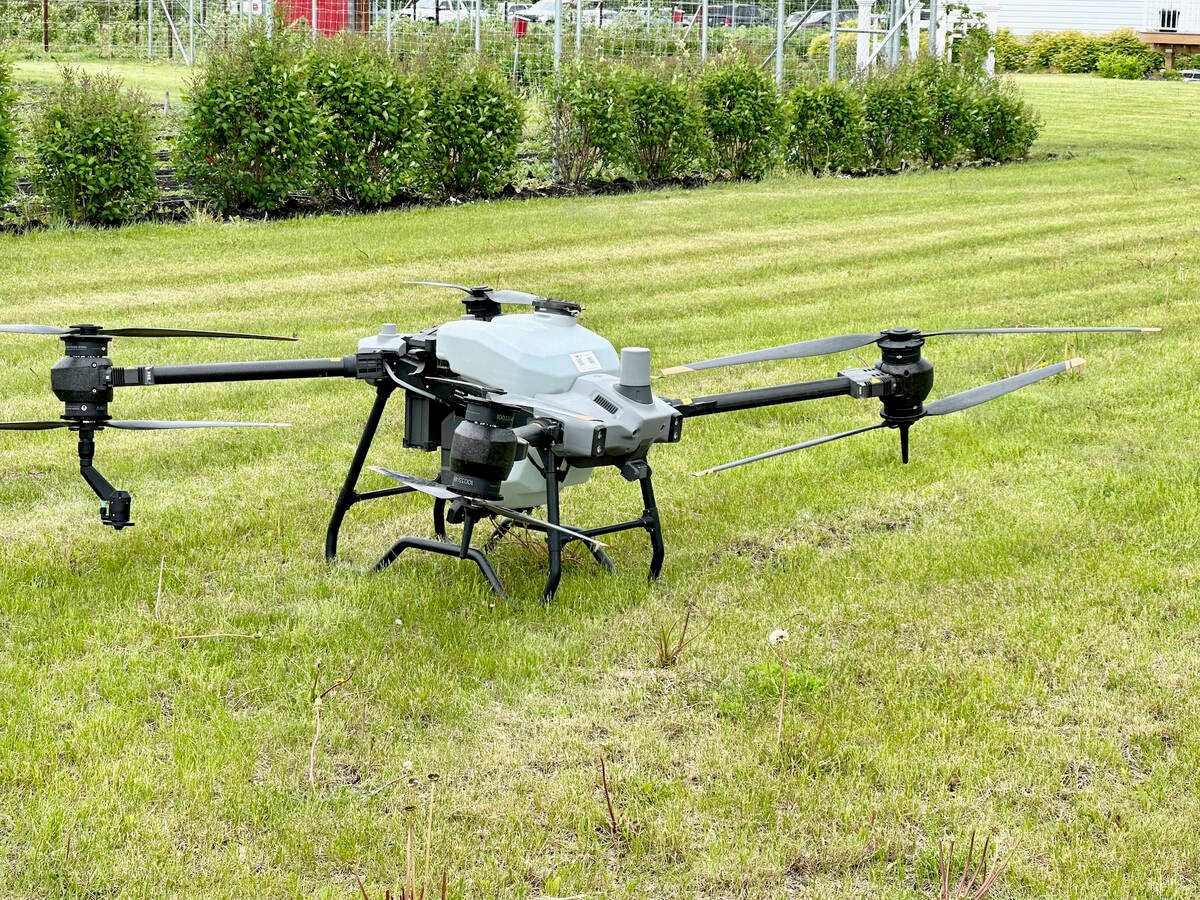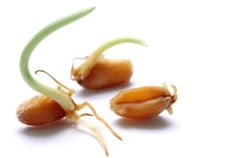Two organizations have anteed up $600,000 to support research that could improve cold hardiness in winter cereals and expand winter wheat acreage across the Prairies.
Ducks Unlimited and Bayer Crop Science announced last week they will provide $200,000 a year for the next three years to fund cold hardiness research at the University of Saskatchewan.
The money will support research directed by Brian Fowler, a winter wheat breeder at the university’s Crop Development Centre and one of the country’s most respected experts in cold hardiness.
Read Also

Canadian Food Inspection Agency red tape changes a first step: agriculture
Farm groups say they’re happy to see action on Canada’s federal regulatory red tape, but there’s still a lot of streamlining left to be done
Fowler is winding down his winter wheat breeding efforts and will focus on cold hardiness research that has taken place at the university for several years.
Developing new winter wheat varieties with better cold hardiness could improve the crop’s performance on fields that have little or no stubble, Fowler said.
Winter wheat is normally planted in fields that have good stubble cover and are more likely to trap snow.
Less snow cover would be required to insulate the crop if plants have better cold hardiness.
“It would be nice to improve that cold hardiness because then we’d be able to go into pea stubble and lentil stubble, and those are crops that mature much earlier (than others),” Fowler said.
The small window of opportunity for fall planting is a major challenge facing winter wheat producers.
In most cases, winter wheat must be seeded in late August or early to mid-September.
However, that is normally the time when most farmers are harvesting spring crops. As a result, delays in crop maturity or harvest operations will normally have a negative impact on winter wheat acreage.
Fowler said many of the newer crop varieties available to prairie farmers require more time to mature, particularly high yielding canola varieties.
“Farmers and plant breeders are trying to squeeze every heat unit that they can out of the growing season,” he said. “That means a lot of the acres that would be ideal for winter wheat production aren’t available … because there have been so many delays and harvest problems.”
Fowler said few advances have been made in winter wheat hardiness over the last century.
“When you look at the varieties that were available around the turn of the century, more than 100 years ago, they’re probably still some of the hardiest varieties available,” he said.
One of the key aspects of Fowler’s research is examining the genetic mechanisms in rye, one of the most hardy winter crops available to Canadian growers.
“In terms of cold hardiness, it will take just about anything you can throw at it,” said Fowler.
Plant scientists would like to identify the genes that confer cold hardiness in rye and transfer them into winter wheat, but so far those efforts have been unsatisfactory.
The cold hardiness genes of rye are being suppressed by wheat,” Fowler said.
“We’ve moved the cold hardiness chunk of the rye chromosome into wheat, but we still aren’t getting expression of the rye genes in wheat.”
Fowler said improvements in winter wheat hardiness might involve tweaking wheat genes or identifying repressor genes that block the cold hardiness genes in rye.
Cold hardiness research at the U of S has attracted funding and collaboration from Canadian and international sources, including Genome Canada. The $600,000 funding announced last week during Crop Production Week in Saskatoon will allow that work to continue.
It will also allow Fowler and other U of S researchers to more thoroughly examine the winter wheat genetics that have accumulated at the university over several decades.
He said recent advances in genomics research and molecular technology have enabled plant scientists to gain a more thorough understanding of plant genetics.
Work that took years to complete and cost million of dollars can now be carried out more quickly ad efficiently at a fraction of the cost.
“Over the years, we’ve built up quite a few genetic stocks in the program, which are quite valuable in terms of genomics research,” Fowler said.
“This funding puts us in a good position to take advantage of some of the progress that’s been made in genomics.”
Paul Thoroughgood, a regional agrologist with Ducks Unlimited Canada, said the development of winter wheat varieties that could successfully be planted into pulse stubble would almost certainly expand the crop’s acreage across the West.
Enhanced cold hardiness also has the potential to lengthen the window of opportunity for fall seeding into late September or early October.
“If we could have a winter wheat with fall rye hardiness, it would just be a tremendous advantage,” said Thoroughgood.
More winter wheat acres would expand spring habitat for waterfowl stabilize winter wheat supplies, and simplify marketing















